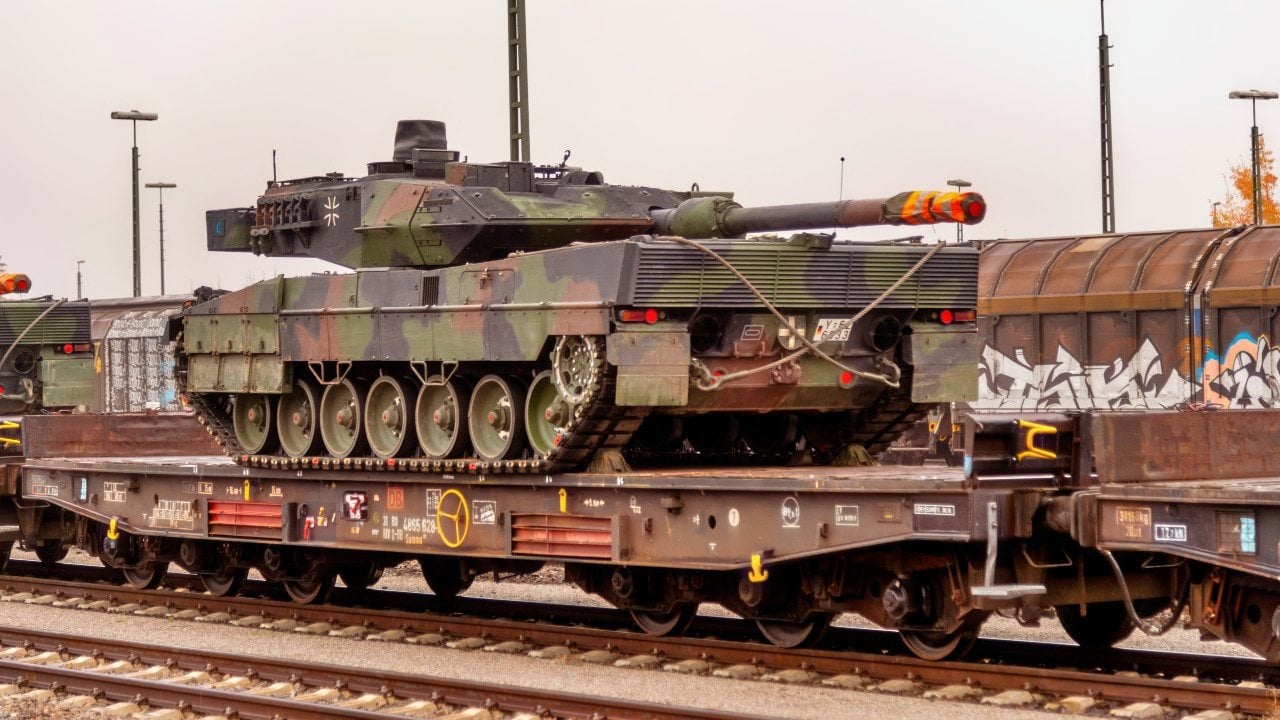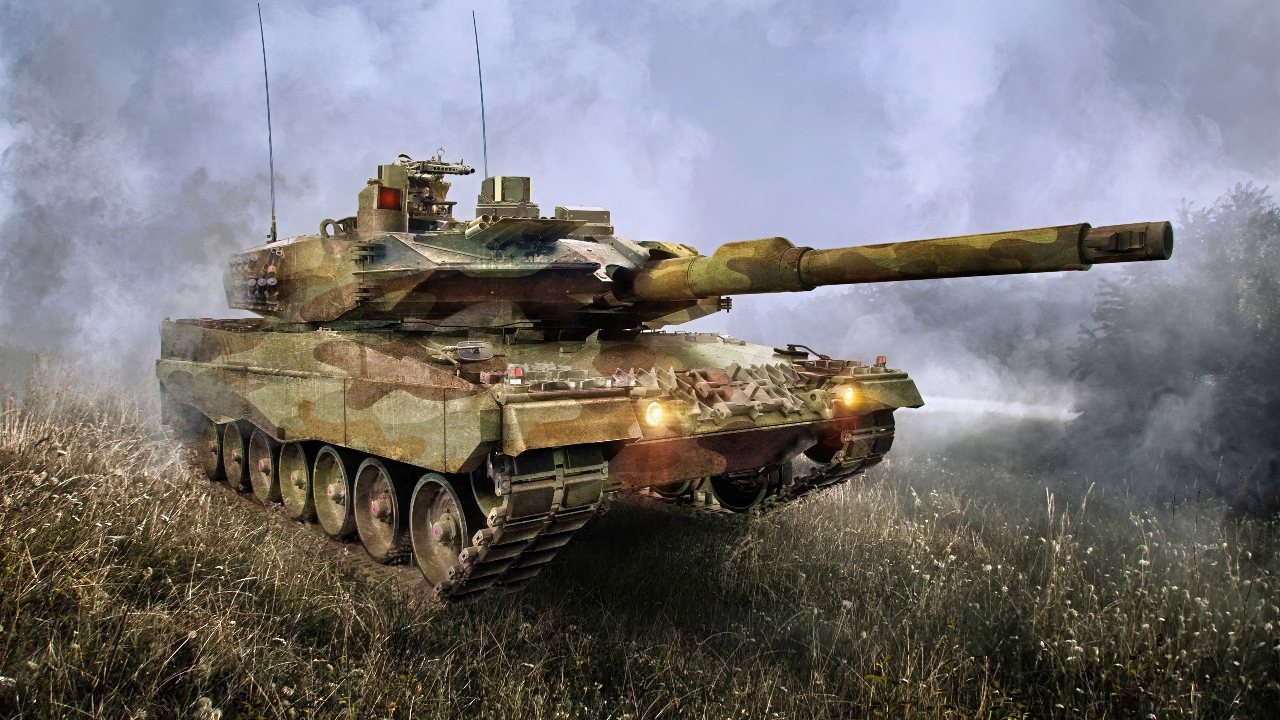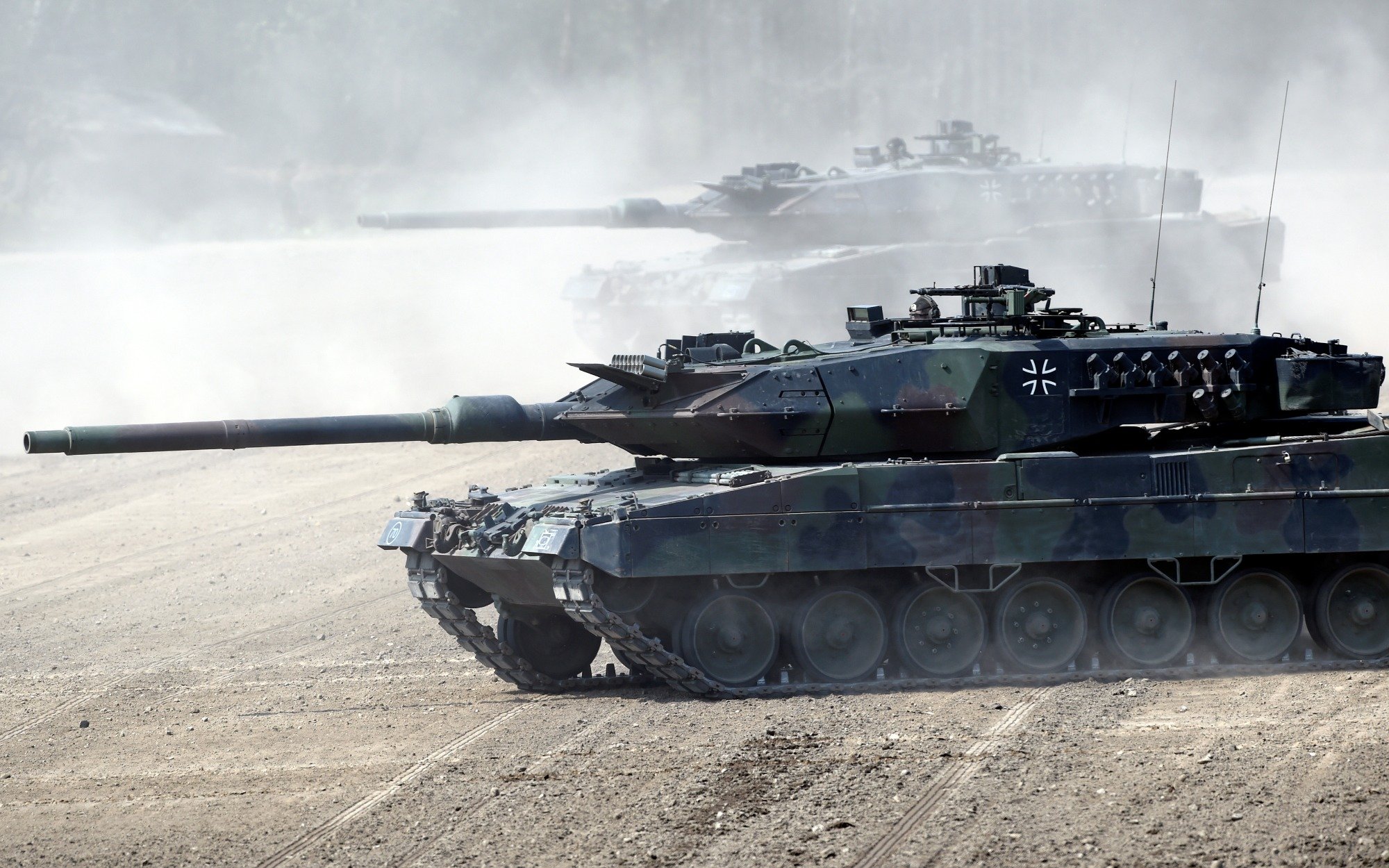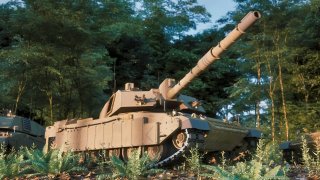Question: Why Does Greece Have So Many Tanks?
Greece maintains one of the largest and most capable tank fleets in Europe, with over 850 main battle tanks in active service, including advanced models like the Leopard 2A6 HEL and Leopard 2A4/GR.
Summary and Key Points You Need to Know About Why Greece Has So Many Tanks: Greece maintains one of the largest and most capable tank fleets in Europe, with over 850 main battle tanks in active service, including advanced models like the Leopard 2A6 HEL and Leopard 2A4/GR.

-This significant investment in armored forces is driven by longstanding tensions with neighboring Turkey, despite both countries being NATO members.
-Greece's tank fleet, primarily composed of German-made Leopards, reflects a broader strategy of balancing military acquisitions between the United States and Europe.
-As Greece looks to the future, it considers upgrades to keep its older tanks competitive, incorporating lessons from recent conflicts like Ukraine.
Why Greece Has One of Europe’s Largest Tank Fleets
Greece has one of the largest tank fleets in Europe. Indeed, the Hellenic Army sports more main battle tanks than the French and British militaries combined.
And we aren’t talking about obsolete tanks that wouldn’t survive 10 minutes on the modern battlefield. No, Greece has hundreds of MBTs that could take on the most advanced tanks in the world.
There is a simple answer to why a small European country that hasn’t fought in a major conflict since the Korean War needs hundreds of main battle tanks: Turkey.
Although both countries are NATO members, Greece and Turkey share an ancient animosity stretching back to the 10th century, when nomadic Turkic tribes invaded the Byzantine Empire. More than a thousand years later, the animosity is still strong, and the two countries have clashed, directly or indirectly, several times in the past 100 years. The legitimate concern of Turkish pugnacity has forced Greece to invest heavily in tanks.
The Hellenic Army’s Tank Fleet
The Hellenic Army sports one of the largest and most capable armored forces in Europe, with approximately 850 main battle tanks in active operation and several hundred more in reserve.

Specifically, the Hellenic Army has approximately 170 Leopard 2A6 HEL, 180 Leopard 2A4/GR, and 500 Leopard 1 A5/GR tanks in active service. Moreover, the Hellenic Army has approximately 400 M48A5 MOLF and 100 M60A3 tanks in reserve, some of which will be sold for scrap.
The Leopard 2A6 HEL, which stands for “Hellenic,” is one of the most advanced versions of the German-made Leopard MBT and was made specifically for Greece. The Leopard 2A4/GR is a highly capable armored vehicle that can thrive on the modern battlefield.
Finally, the Leopard 1 A5/GR remains a valid choice but will require upgrades to remain competitive in the long term. The Hellenic Army is looking at options for these tanks after 30 years of service – specifically upgrades that incorporate lessons from Ukraine. Although Athens hasn’t made any decisions, it is considering new engines, reinforced suspensions, new fire control systems, new day/night gun sights, and anti-drone technology.
A Diplomatic Balance
When it comes to the sources of its military equipment, for decades Greece has sought to balance its relations with the United States and Europe. A member of NATO and the European Union, Greece has the option to purchase military equipment from many sources. Historically, Athens has bought weapons systems from at least two different countries, with the United States always being one of the two.
For example, the Hellenic Air Force flies hundreds of American-made F-16 Fighting Falcon fighter jets, but it also operates the French Dassault Rafale and Dassault Mirage. Similarly, the Hellenic Navy operates surface combatants and submarines made in the United States, Germany, France, and the Netherlands.

However, when it comes to tanks, the Hellenic Army has focused solely on German-made vehicles for its active arsenal.
About the Author:
Stavros Atlamazoglou is a seasoned defense journalist specializing in special operations and a Hellenic Army veteran (national service with the 575th Marine Battalion and Army HQ). He holds a BA from the Johns Hopkins University and an MA from the Johns Hopkins’ School of Advanced International Studies (SAIS). His work has been featured in Business Insider, Sandboxx, and SOFREP.
Image Credit: Shutterstock.

